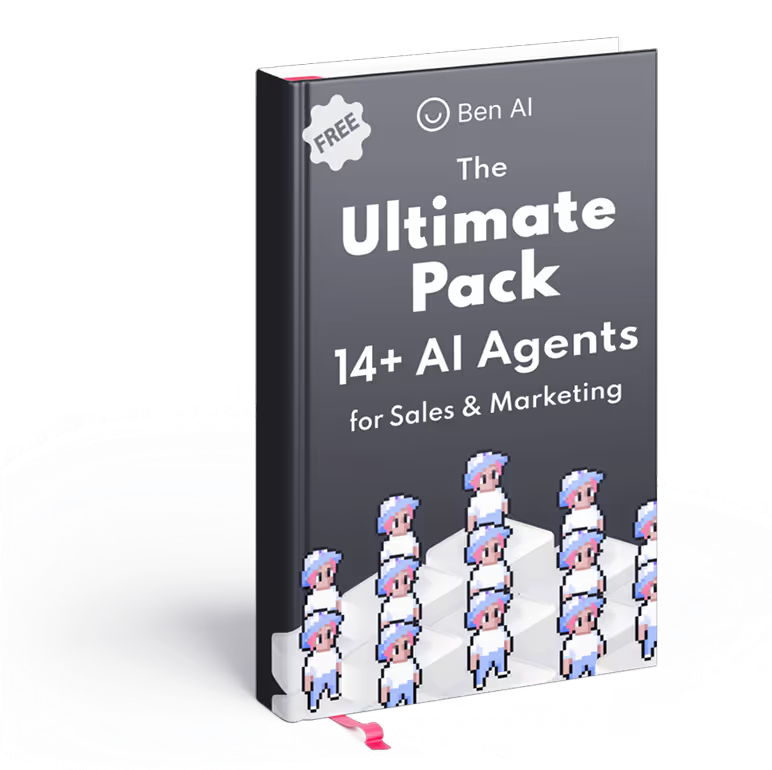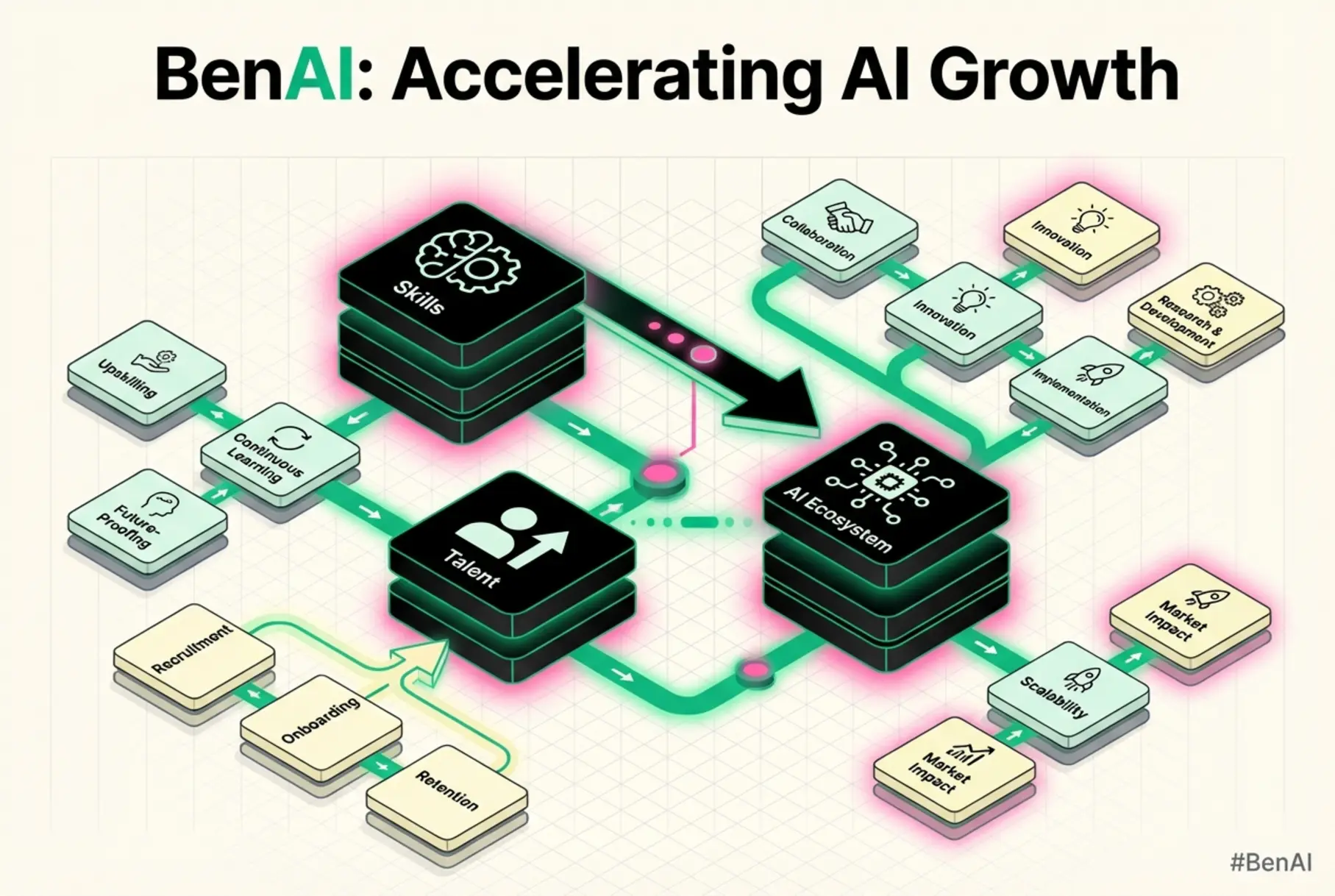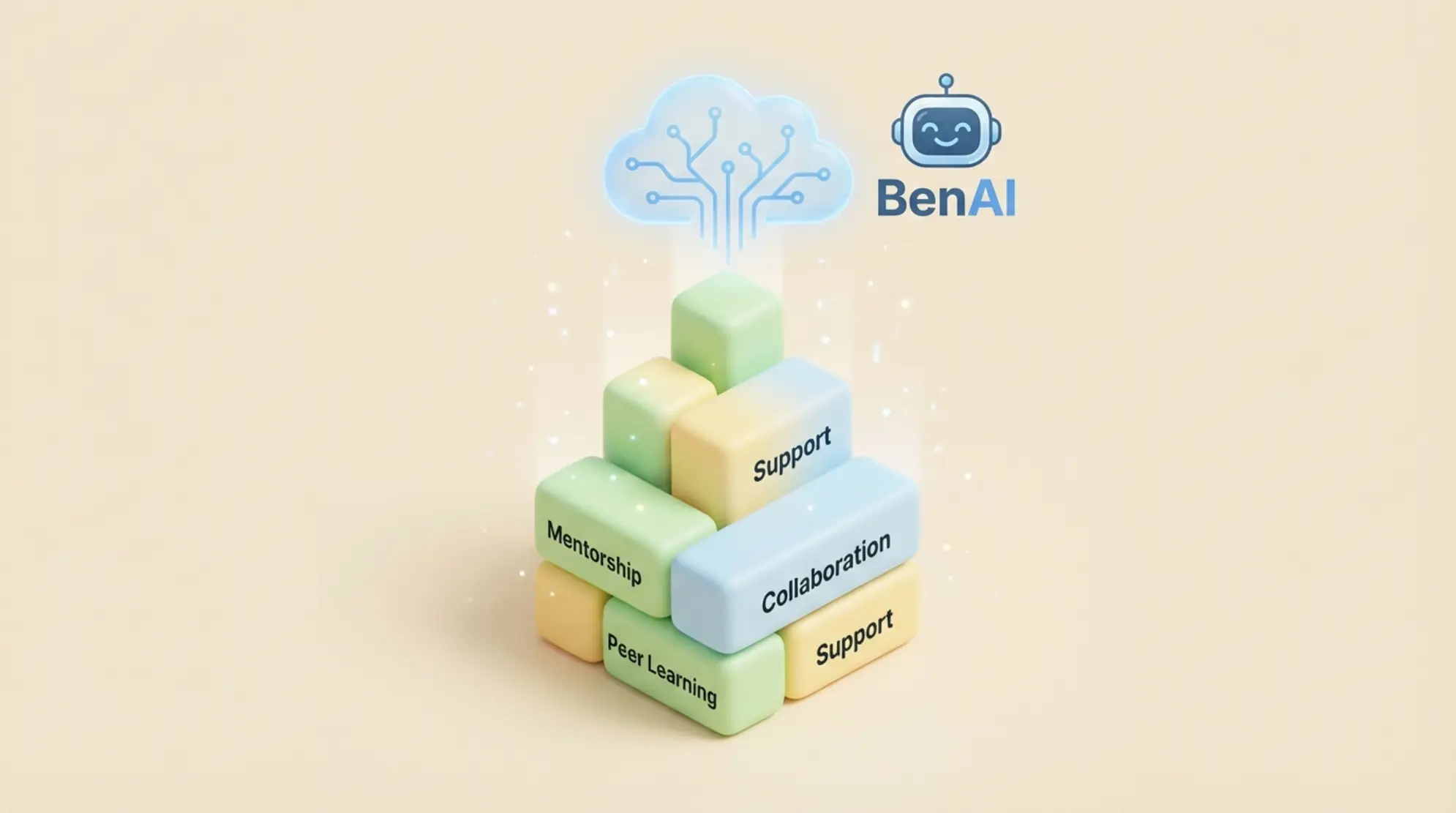Your Guide to AI-Driven Quality Control: From Evaluation to ROI
You’ve seen the numbers. You know that manual quality control is costing you more than just wages—it's a bottleneck that limits your speed, introduces human error, and lets tiny defects become costly recalls. The promise of AI-powered quality control is alluring, but the path forward is murky.
The internet offers a frustrating mix of high-level articles that tell you what AI is and aggressive sales pages that tell you what to buy, with nothing in between. You're left trying to connect the dots, asking the critical questions: How do I build a real business case? Should we build a system ourselves or buy one? What does implementation actually look like?
This guide is the resource you've been looking for. We're going to bridge that gap. This is not a sales pitch. It’s a practical framework for decision-makers, designed to walk you through the evaluation process step-by-step, transforming a complex choice into a confident, strategic decision.
The Breaking Point of Traditional Quality Control
For decades, human inspection has been the standard. But in today's high-speed, high-volume environments, that standard is no longer enough. The limitations are clear:
- Fatigue & Inconsistency: Even the best inspectors get tired. Accuracy wanes over a long shift, leading to inconsistent results and missed defects.
- Speed Limitations: A human can only inspect so fast. Your production line's speed is ultimately capped by your QC team's capacity.
- Subjectivity: What one inspector flags as a minor issue, another might pass. This lack of standardization can lead to unpredictable product quality.
These aren't just operational headaches; they have a direct financial impact. The true cost of a defect isn't the wasted material—it's the rework, the production delays, the customer returns, and the potential damage to your brand reputation.
Beyond Human Eyes: The Core Technologies of AI Quality Control
AI doesn't just digitize the old process; it transforms it. By leveraging specific AI technologies, these systems can see, analyze, and learn in ways that are impossible for humans. Let's demystify the two main pillars.
Computer Vision: The Tireless Inspector with a Perfect Memory
Think of computer vision as a super-powered set of eyes connected to a brain with instant recall. High-resolution cameras capture images of your products on the line. An AI model, trained on thousands of images, then analyzes each one in milliseconds.
It can detect scratches, dents, misalignments, color variations, and missing components with astonishing precision. The key is its consistency. It performs at the same peak level 24/7, without fatigue. In fact, AI-powered visual inspection can achieve over 99% accuracy, a level that consistently surpasses human capabilities.
[]
Anomaly Detection: Finding the Defects You Didn't Know Existed
While computer vision is great at finding known defects, what about the new, unexpected ones? This is where anomaly detection comes in. Instead of training the AI on what's wrong, you train it on what a perfect product looks like.
The system builds a deep understanding of the normal state. Then, anything that deviates from that perfect standard—even slightly—is flagged as an anomaly for review. This is incredibly powerful for catching rare or previously unseen manufacturing errors before they become widespread problems.
Your Path to Implementation: A Practical Framework
Understanding the tech is one thing; successfully implementing it is another. The global AI in manufacturing market is set to hit USD 16.7 billion by 2026, driven by companies like yours seeking a competitive edge. Here’s how to approach it methodically.
Step 1: Building a Rock-Solid Business Case
Before you look at a single vendor, you need to quantify the opportunity. Don't just aim for "better quality." Build an ROI model based on concrete metrics:
- Defect Reduction Rate: What is your current defect rate? What would a 50%, 70%, or even 90% reduction mean for your bottom line? Companies using AI have reported up to a 90% reduction in defect detection time, which directly translates to catching more defects earlier.
- Reduced Rework & Scrap Costs: How much do you spend annually on fixing or scrapping faulty products?
- Increased Throughput: If QC is no longer a bottleneck, how many more units can you produce and ship per day?
- Labor Reallocation: What could your skilled QC team do if they were freed from repetitive inspection tasks to focus on higher-value root cause analysis?
By putting hard numbers to these questions, you transform the conversation from a technology purchase into a strategic investment.
Step 2: The Critical Choice—Build vs. Buy
This is one of the most important decisions you'll make. Many companies are tempted to build their own solution, but it's crucial to understand the true costs and commitments involved.
| Factor | Build (In-House) | Buy (Vendor Solution) |
|---|---|---|
| Upfront Cost | Lower initial software cost, but very high cost in salaries for a specialized AI/ML team. | Higher initial software/licensing cost, but predictable pricing. |
| Time to Value | Long (6-18+ months). Requires data collection, model development, testing, and integration from scratch. | Fast (Weeks to a few months). Leverages pre-built models and established integration processes. |
| Required Expertise | Needs a dedicated team of ML engineers, data scientists, and software developers. This talent is expensive and hard to find. | Managed by the vendor. Your team needs to learn how to use the software, not build it. |
| Maintenance | Ongoing and complex. You are responsible for model retraining, bug fixes, and system updates. | Included in the subscription/support agreement. The vendor handles all updates and maintenance. |
| Scalability | You have to design and build for scale from day one, which adds complexity. | Designed for enterprise scale. Can often be deployed across new lines or factories easily. |
[]
For most high-growth companies, the "Buy" path offers a faster, more reliable, and ultimately more cost-effective route to achieving ROI. It allows you to focus on your core business while leveraging the expertise of a specialized AI partner. Building a solution from scratch often requires the same resources and focus as running an entire benai agency within your company—a significant undertaking.
Step 3: The 5-Phase Implementation Roadmap
Whether building or buying, a successful rollout follows a clear path.
- Define the Problem: Be specific. Don't just say "inspect Part X." Define the exact defects you need to find (e.g., "detect scratches longer than 2mm on the surface of Part X").
- Data Collection & Preparation: This is the foundation. You need high-quality images of both good and bad parts. For a vendor solution, they will guide you on the data required. For a build solution, this is a massive undertaking.
- Model Selection & Training: If buying, the vendor handles this. They will use your data to fine-tune their existing models for your specific needs.
- Integration: The AI system needs to integrate with your production line (e.g., PLC, MES). A good vendor will offer robust integration support. The goal is seamless operation, where the AI can automatically divert defective parts without manual intervention.
- Monitor & Retrain: The factory environment changes. New lighting, new raw materials, or new product variations can all impact model performance. The system needs continuous monitoring and periodic retraining to maintain peak accuracy.
[]
Finding the Right Partner: What to Look for in an AI Vendor
Choosing a vendor is choosing a partner. Look beyond the marketing claims and evaluate them on these criteria:
- Ease of Use: Is the system designed for your factory floor operators or for data scientists? The best solutions are intuitive and require minimal training.
- Implementation Support: Do they have a dedicated team to help you through the entire implementation roadmap?
- Integration Capabilities: Can they connect easily with your existing factory hardware and software?
- Enterprise-Grade Reliability: Do they offer the security, uptime, and support required for a mission-critical production environment?
- Proven Expertise: Have they successfully deployed solutions in your industry or for similar use cases? Ask for case studies and references. True experts can often apply their automation knowledge to diverse challenges, from visual inspection to creating a custom
whatsapp ai agentfor customer communication.
As you evaluate options, you might find value in connecting with peers who are also navigating this landscape. Joining an AI-focused business community, like the one offered by ben ai, can provide access to shared knowledge and expert support, helping you validate your strategy.
Frequently Asked Questions
Q: How much data do I really need to get started?A: This is a common concern. While more data is always better, modern AI techniques like transfer learning and few-shot learning mean you don't need millions of images. For many applications, a few hundred well-labeled images of defects can be enough to start training an effective model. A good vendor will work with you to create a data collection strategy that isn't overwhelming.
Q: What happens if the AI makes a mistake?A: No system is 100% perfect. The goal is to be significantly more accurate and consistent than human inspectors. Good AI QC systems are designed with a "human in the loop" approach. The AI handles the vast majority of inspections, but flags ambiguous or borderline cases for a human expert to review. This combines the speed of AI with the judgment of your best people.
Q: What is the realistic ROI I can expect?A: This varies by industry and application, but it's often significant and fast. ROI is driven by reduced scrap and rework, increased throughput, and lower inspection costs. Many companies see a full return on their investment in under 12-18 months.
Q: Our factory has challenging conditions (dust, variable lighting). Can AI still work?A: Yes. This is a critical challenge that experienced AI vendors have solved. Solutions involve using specialized industrial cameras, controlled lighting enclosures, and software algorithms that can normalize images to account for environmental variations. It's a key question to ask during your vendor evaluation.
The Confident Path Forward
Adopting AI for quality control isn't a leap into the unknown. It's a strategic move that, when approached with the right framework, can unlock unprecedented levels of efficiency and product quality.
You are no longer just comparing technologies; you are building a business case, weighing the pros and cons of building versus buying, and planning a concrete implementation roadmap. You now have the criteria to not just choose a solution, but to choose the right partner to ensure your success.
The next step is to take these frameworks and apply them to your unique situation. By calculating your potential ROI and outlining your specific needs, you'll be ready to engage with potential partners from a position of knowledge and confidence.
Join Our Growing AI Business Community
Get access to our AI Automations templates, 1:1 Tech support, 1:1 Solution Engineers, Step-by-step breakdowns and a community of forward-thinking business owners.

Latest Blogs
Explore our latest blog posts and insights.




